২৯ কার্তিক ১৪৩২
Penny Chapter Ends in US with Production Halt
13 November 2025 18:11 PM
NEWS DESK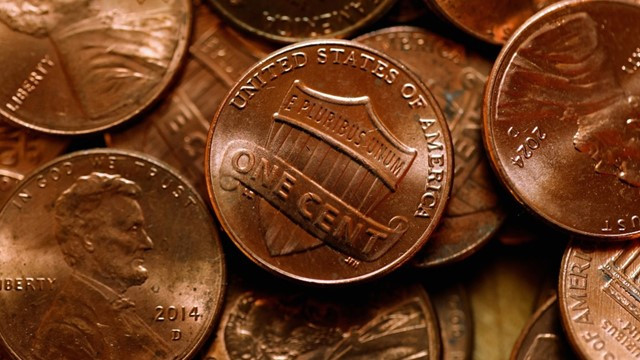
After more than two centuries of jingling in pockets, filling jars, and being tossed into fountains for luck, the U.S. penny has reached the end of its journey.
On Wednesday, the Philadelphia Mint produced the final batch of one-cent coins, marking the end of a 230-year chapter in American history.
The event drew Treasury officials, workers, and reporters to witness the ceremonial striking of the last penny in the same city where the first one was made in 1793.
“Today, we retire the penny,” announced Derek Theurer, who is performing the duties of Deputy Secretary of the Treasury.
Treasurer Brandon Beach called it a historic moment, pointing out that the last time the U.S. discontinued a coin was the half-cent in 1857.
He said, “Given the rapid modernization of the American wallet, the Department of the Treasury and President Trump no longer believe the continued production of the penny is fiscally responsible or necessary to meet the demands of the American public.”
The decision to retire the penny was primarily financial. According to the Treasury Department, producing a single penny costs about 3.69 cents—nearly four times its value. In fiscal year 2024 alone, the U.S. Mint lost $85.3 million from penny production.
President Donald Trump had already announced his intention to end the coin earlier this year, writing, “For far too long the United States has minted pennies which literally cost us more than 2 cents. This is so wasteful! I have instructed my Secretary of the US Treasury to stop producing new pennies. Let’s rip the waste out of our great nation’s budget, even if it’s a penny at a time.”
Treasurer Beach confirmed that billions of pennies already in circulation will remain legal tender. “Although today we say goodbye to our copper one-cent coin, let me be crystal clear, the penny remains legal tender,” he stated.
“We have over 300 billion pennies that remain in circulation and we encourage you to use them.”
The final batch of coins will be auctioned off rather than released for everyday use.
For many Americans, the penny’s disappearance feels emotional. When it was first introduced, a single penny could buy a biscuit, a candle, or candy. Today, most are left in jars or drawers.
“God bless America, and we’re going to save the taxpayers $56 million,” Beach declared before striking the final penny at the Mint. Workers who witnessed the last pressing reportedly broke into applause. “It’s an emotional day,” said Clayton Crotty, a 15-year veteran of the mint. “But it’s not unexpected.”
Retailers and consumers reacted differently as production came to a stop. Some stores rounded prices to avoid issues with change, while others offered small rewards in exchange for pennies.
“We have been advocating abolition of the penny for 30 years. But this is not the way we wanted it to go,” said Jeff Lenard of the National Association of Convenience Stores.
Supporters of the decision say it will make transactions faster and save millions of dollars annually. They also point out that several countries, including Canada, stopped minting their smallest coins years ago. Yet for historians and collectors, the penny remains more than currency—it is a record of American identity.
Frank Holt, an emeritus professor at the University of Houston, explained, “We put mottoes on them and self-identifiers, and we decide — in the case of the United States — which dead persons are most important to us and should be commemorated. They reflect our politics, our religion, our art, our sense of ourselves, our ideals, our aspirations.”
The end of the penny marks the close of a long chapter in U.S. coin history. What once stood for saving and tradition is now just another relic from an older economic time.








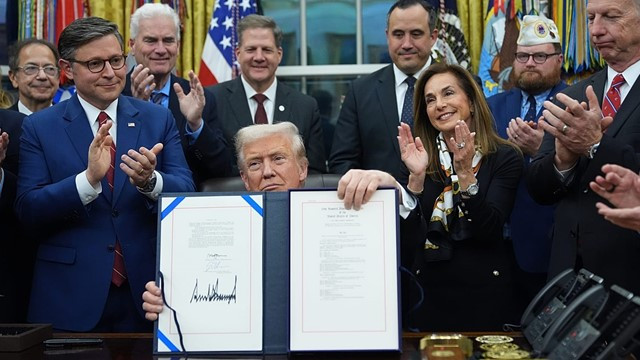


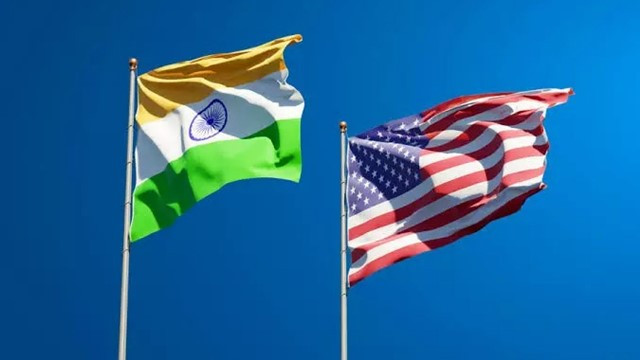

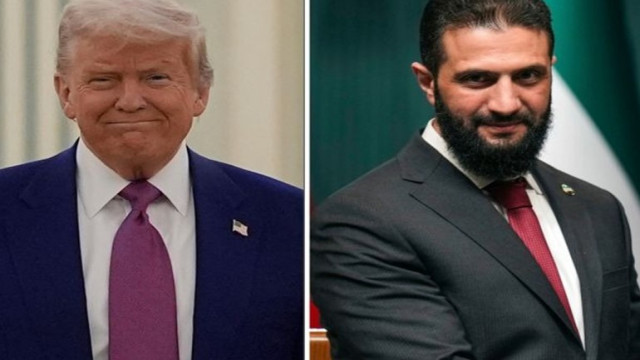


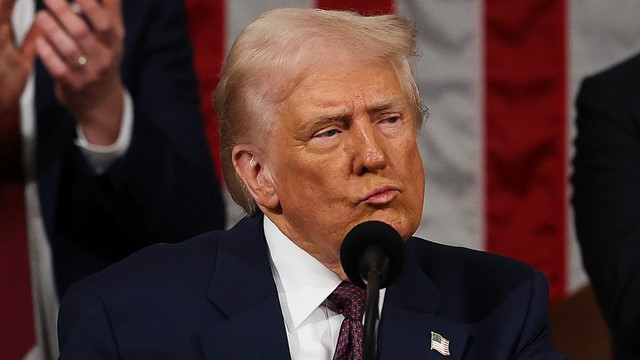

Comments Here: